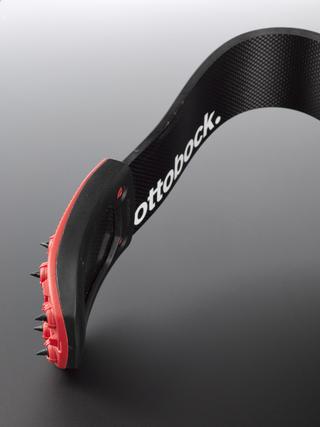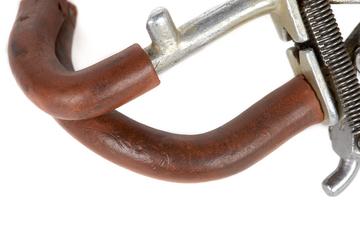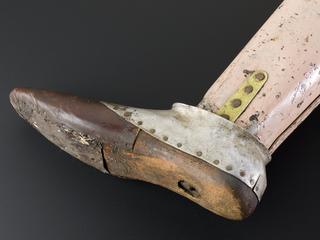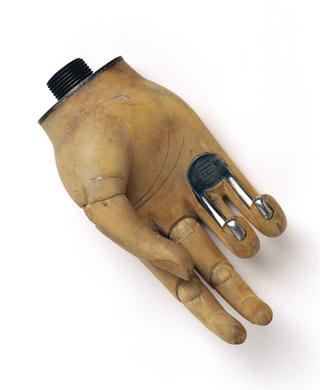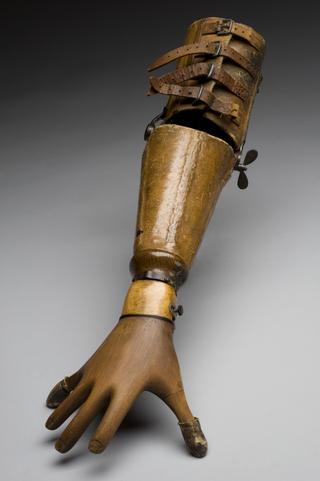














Stanford-Jaipur knee joint, for use with above knee prosthetic/artificial leg, made by Bhagwan Mahaveer Viklang Sahayata Samiti (BMVSS), India, 2017
Since the first Jaipur foot prosthetic was developed in 1968, these prosthetics have been a symbol of India’s low-cost medical innovation. Prosthetics for above-knee amputations need an artificial knee joint is for a more natural gait. Continuing the original Jaipur foot’s spirit of low-cost innovation, the Standford-Jaipur knee can be manufactured in India for as little as $20. It was developed in 2009 by a team of students at Stanford University working in collaboration with BMVSS to provide stability while standing and easy movement.
Details
- Category:
- Orthopaedics
- Object Number:
- 2023-1028
- Materials:
- plastic (unidentified) and metal (unknown)
- Measurements:
-
overall: 90 mm x 90 mm x 220 mm,
- type:
- artificial limb
